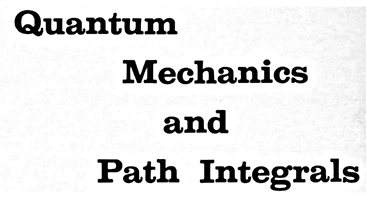
Problem 6-10
Consider a diatomic molecule containing two atoms, and , arranged with their centers at the points given by the vectors and . Using the Born approximation, show that the amplitude for an electron to be scattered from such a molecule is
where and are the amplitudes for scattering by the two atoms individually when each atom is located at the center of a coordinate system. The atomic binding does not change the charge distributions around the nuclei very much (except for very light nuclei such as hydrogen) because the binding forces affect only a few of the outermost electrons.
Using Eq. (6-57), show that the probability of scattering at a particular value of is proposional to , where is .
( 解答例 ) 原子 からの散乱振幅 , 及び原子 からの散乱振幅 を考える.それら個別の散乱振幅は, 式 (6-38) から次のように書けるはずである:
ただし, は式 (6-39) で定義されていた:
2 原子間距離 は と比べて無視出来る位に微小であるから, 同じ で と , と とは, ほぼ等しいと見做してよい.よって両者は, 次のように書くことが出来よう:
すなわち, 散乱振幅は積分部分が本質的である.また「1次のボルン振幅」 は式 (6-39) の を用いて次のように書けるのであった:
以上のことから, 各原子の散乱振幅を次のように書くことにしよう:
2原子分子のポテンシャルは と書ける., とするならば 及び なので, 分子全体の散乱振幅は次に書ける:
式 (6-40) のところで述べられているように, コリメーターが設置されて中心粒子線から十分遠くの領域では, 電子の到達する確率は の絶対値の 2 乗だけで与えられるのであった.また, 単位立体角当たりの散乱断面積 (微分散乱断面積) は, 式 (6-44) のようにかけるのであった:
よって と は実数であることに注意して式 (6) の絶対値をとることで, 目的の結果が得られる:

